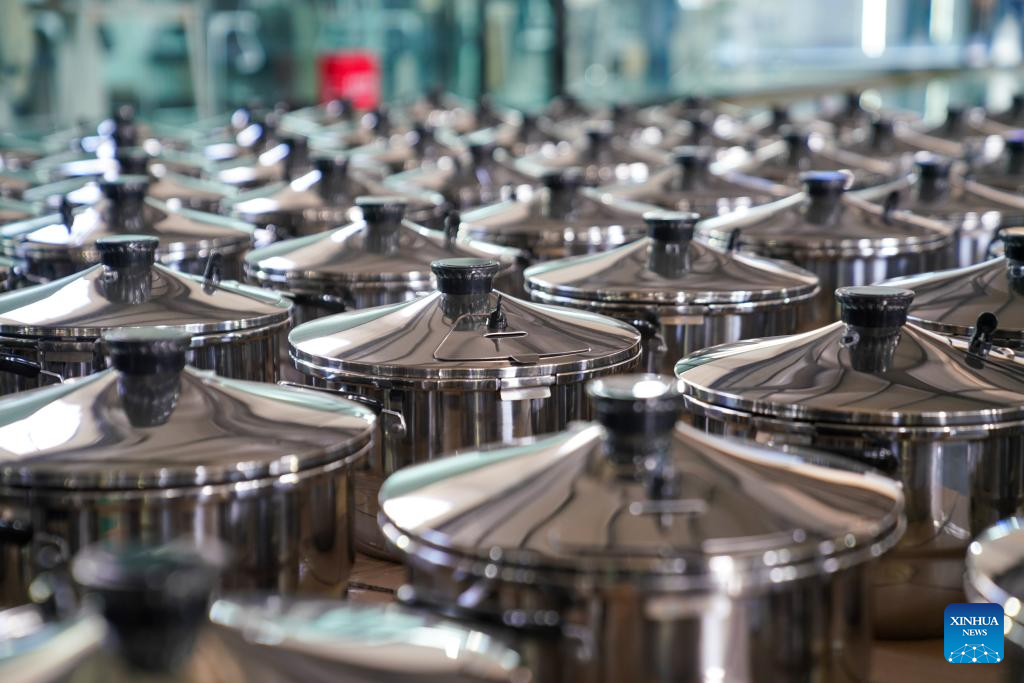
This photo taken on Nov. 27, 2022 shows pressure cookers in a factory in Lhasa, southwest China's Tibet Autonomous Region. (Xinhua/Huang Yaoman)
LHASA, Dec. 7 (Xinhua) -- In less than 10 minutes, tasty noodles were prepared and then served to those gathered at the dining table of Tashi's family. Such a quick meal was unlikely in the past in southwest China's Tibet Autonomous Region.
"Thanks to the pressure cooker, we now have a lot more food choices and need much shorter cooking time," said Tashi, 56, from Maizhokunggar County in the regional capital Lhasa.
On the Qinghai-Tibet Plateau, which has an average altitude of over 4,000 meters, it is difficult to boil food due to the low air pressure and boiling point.
Tashi recalled that when he was young, most of the kitchenware used by his family was made of clay, including the cooking pot and the steamer. The rest was made of wood or stone.
"The noodles and rice often turned out underdone back then," he said.
Thanks to the improvement in people's living conditions in Tibet in recent years, fuel for stoves evolved from wood to gas, electronic butter blenders grew in popularity, and pressure cookers became a household necessity.
"Now having various modern tools in the kitchen, we can make cooking much more convenient," said Tashi.
In a newly opened factory in Lhasa, workers were busy assembling various kinds of cookware tailored for conditions in plateau areas.
"I am looking forward to the new-type electric kettle, and will buy one for my family," said Dawa Drolma, 23, who was one of the workers assembling the cookware.
In Lhasa, the boiling point of water is about 85 degrees Celsius, said Cai Shuailong, general manager of the company which owns the factory.
"With the newly-developed kettle, the boiling water can reach 100 degrees Celsius, and therefore, it will help prevent hydatid disease that is common among herders and farmers in pastoral areas," said Cai.
The company has developed 14 multi-functional cookware products suitable for plateau areas and applied for 18 patents, according to Cai.
"Cookware is part of cuisine culture, and the change of cookware on the plateau mirrors the improvement of life in Tibet," said Yeshe Tenzin, a researcher of culture at Tibet University. ■
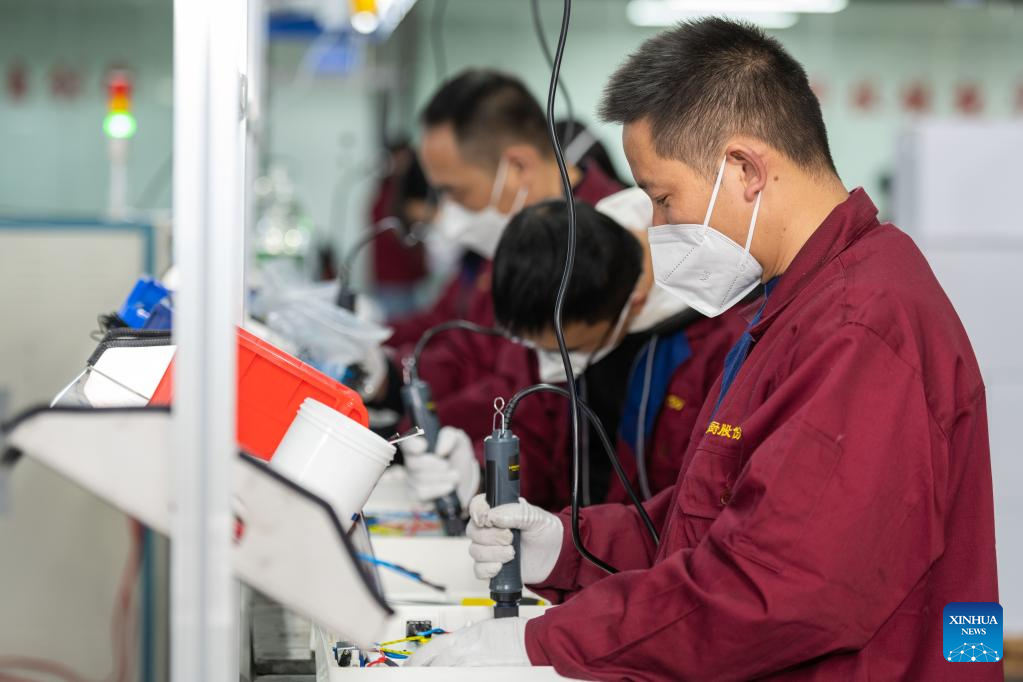
Workers work on an assembly line in a factory in Lhasa, southwest China's Tibet Autonomous Region, Nov. 27, 2022.(Xinhua/Zhou Dixiao)
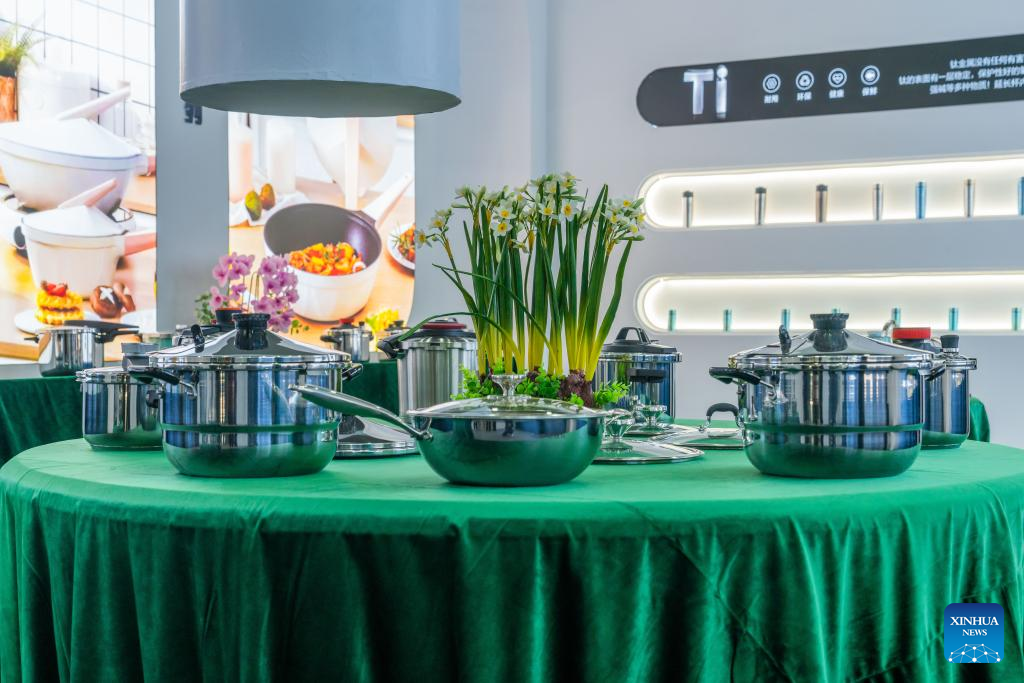
This photo taken on Nov. 27, 2022 shows cookware tailored for conditions in plateau areas in a factory in Lhasa, southwest China's Tibet Autonomous Region.(Xinhua/Huang Yaoman)
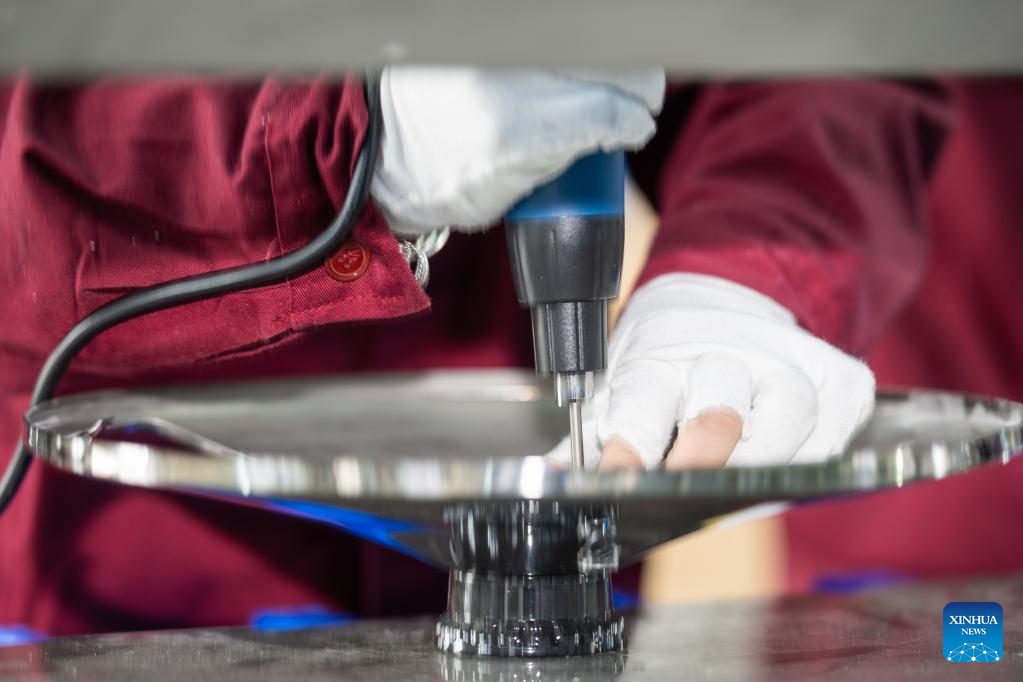
A worker assembles a pressure cooker in a factory in Lhasa, southwest China's Tibet Autonomous Region, Nov. 27, 2022. (Xinhua/Huang Yaoman)
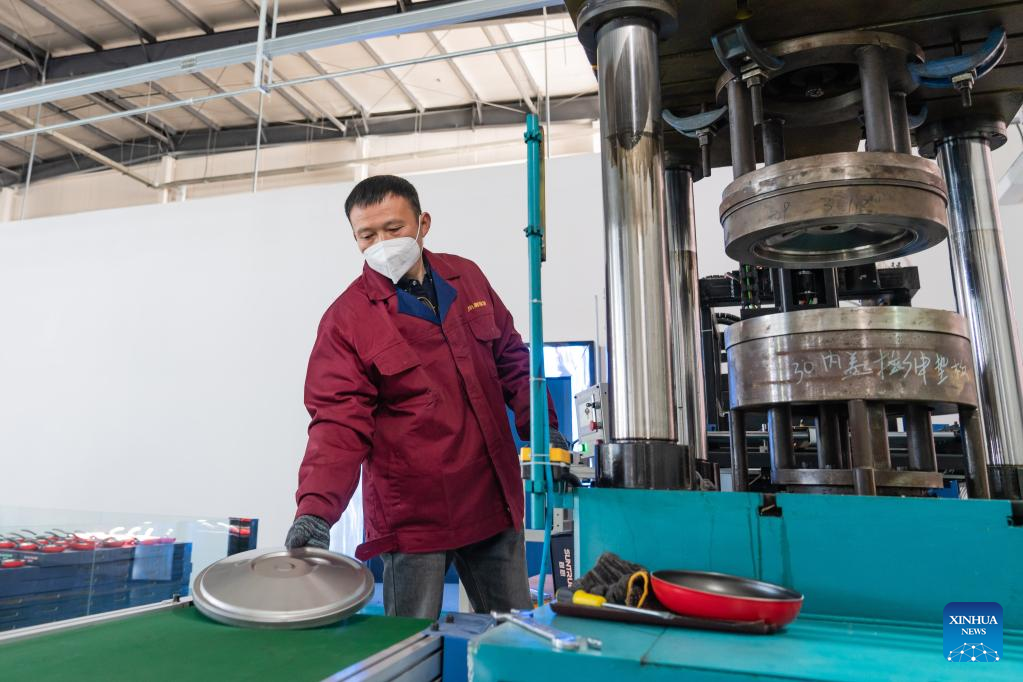
A worker works on a production line of multifunctional cookware in a factory in Lhasa, southwest China's Tibet Autonomous Region, Nov. 27, 2022. (Xinhua/Zhou Dixiao)
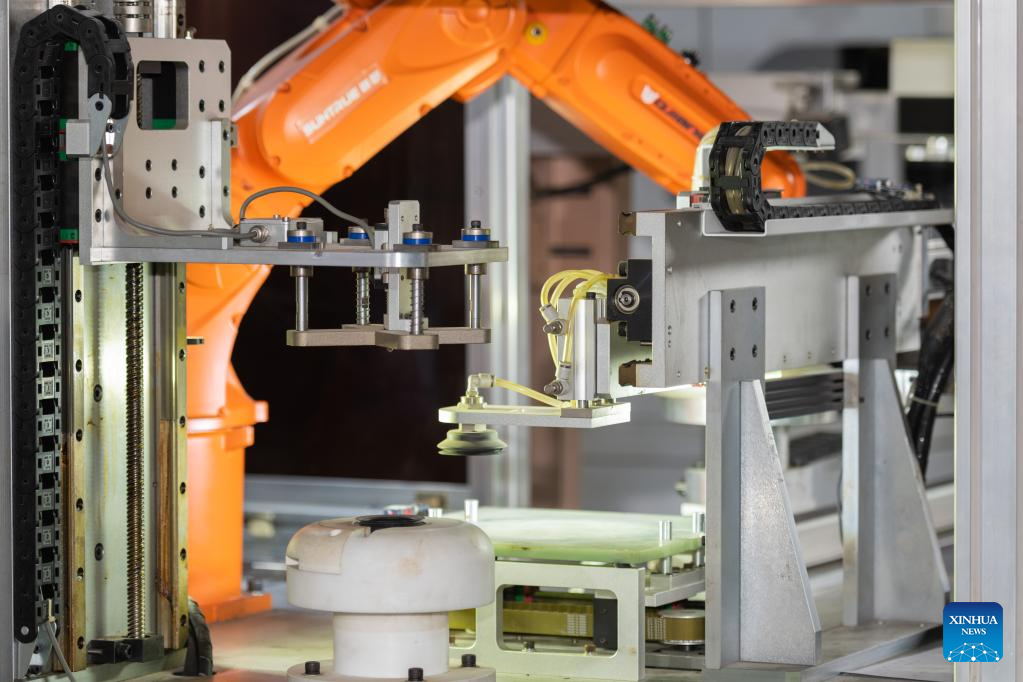
This photo taken on Nov. 27, 2022 shows a production line of cookware tailored for conditions in plateau areas in a factory in Lhasa, southwest China's Tibet Autonomous Region. (Xinhua/Huang Yaoman)



